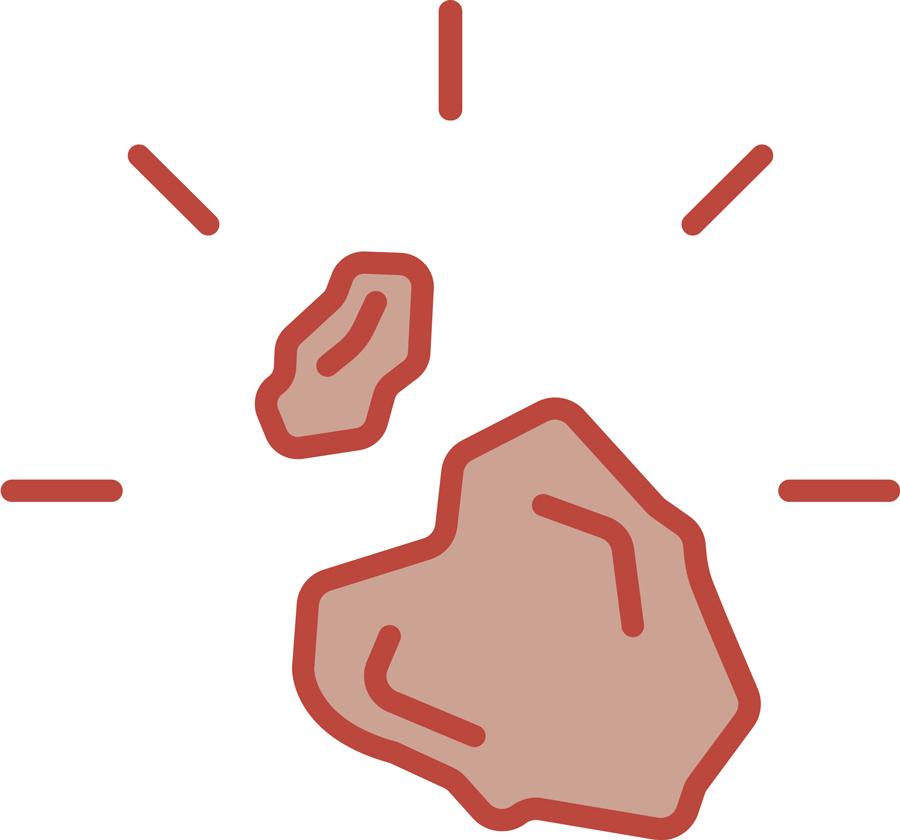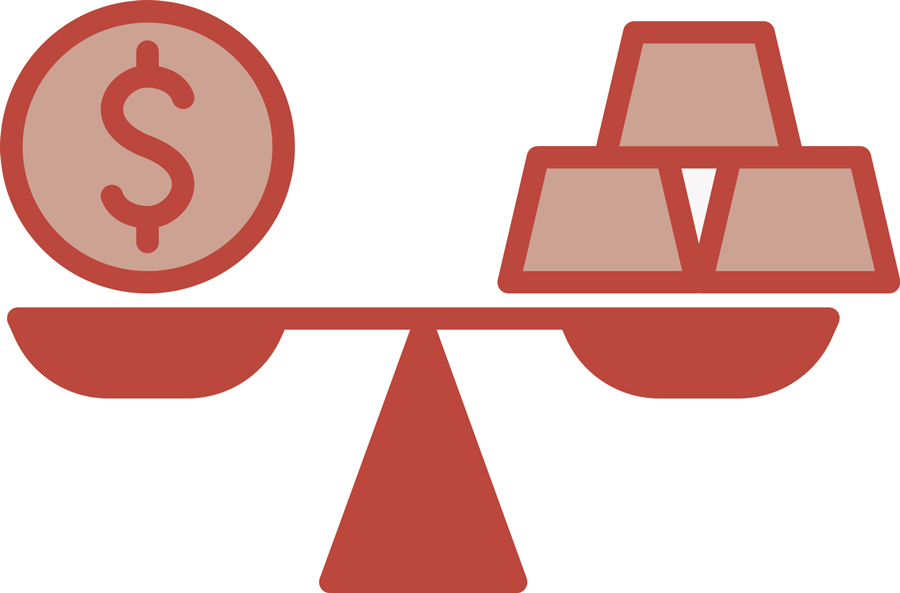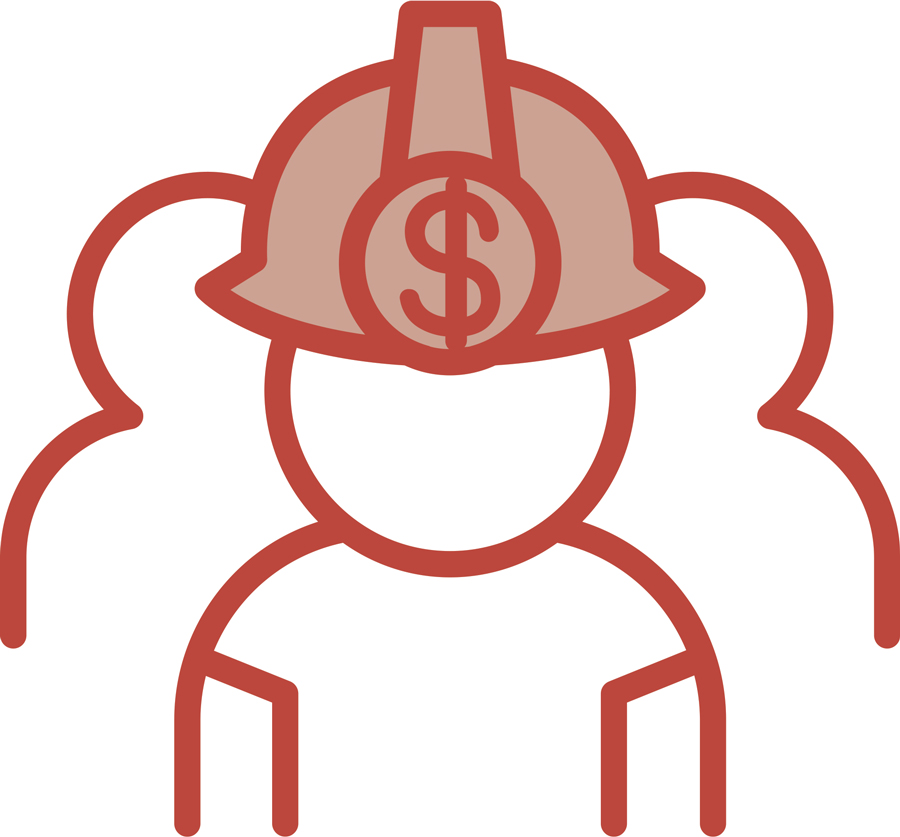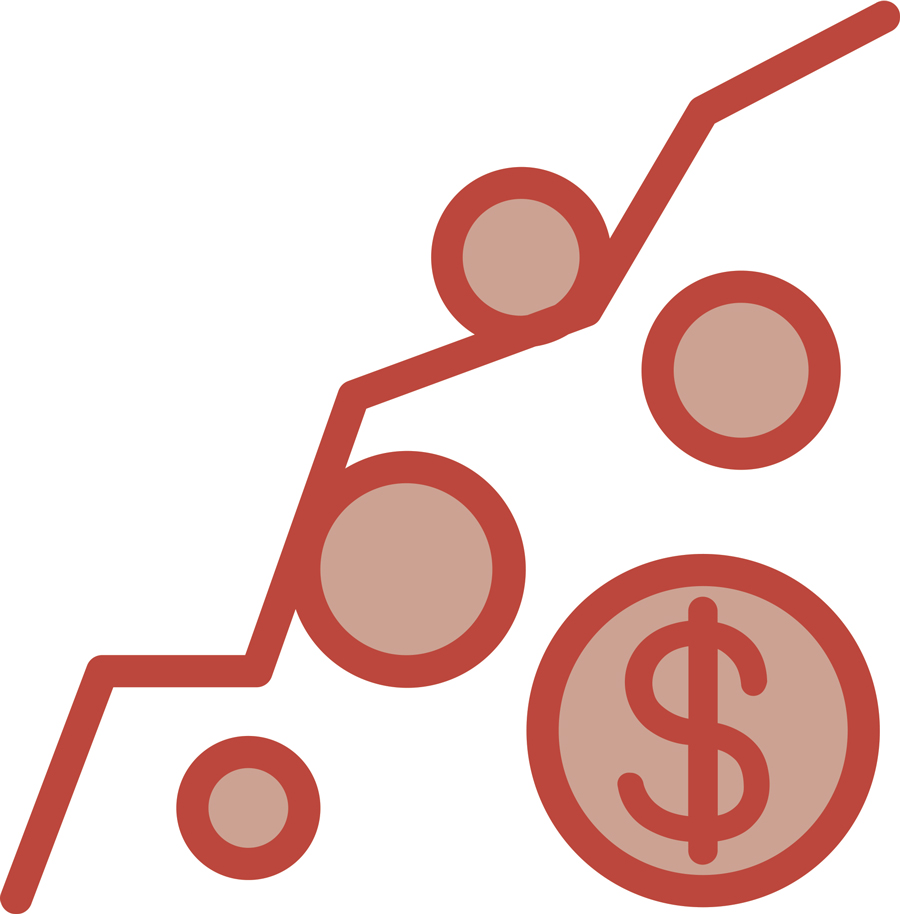Alaska Trends
ven before the gold rushes that put Juneau, Skagway, Nome, and Fairbanks on the map, Alaskans have been pulling precious and useful materials out of the ground. Native cultures statewide unearthed deposits of soapstone and jade to carve and polish into dazzling artifacts. Copper nuggets were fashioned into fishhooks and blades or traded to Russian colonists. Nowadays we use copper in our electrical wiring, zinc in our pennies, coal in our power plants, and stone aggregate in our pavement, concrete, and masonry.
The mining sector in Alaska employs about 4,700 workers, according to the Alaska Miners Association (AMA), and those workers are responsible for some world class output. The silver from Greens Creek and the zinc and lead concentrate from Red Dog are the most of any mines in the US. Beyond those major production sites and the other giants at Fort Knox, Kensington, Pogo, and Usibelli, miners are busy at 120 gravel and sand pits and at 169 small placer claims. The industry converts the earth under our feet into gold in our banks, figuratively and literally.
This issue has a rich vein of content, scooping loads from mega mines in “Hunting Elephants in Alaska” (p. 52), introducing smaller players in “Modern Prospecting” (p. 64), and assaying the pros and cons of “Open Pits or Underground Ops” (p. 72). In this month’s installment of Alaska Trends, we take data from the AMA’s annual “Economic Benefits of Alaska’s Mining Industry” and compare 2019 to 2020. Where is the industry at risk of a cave-in and where is the real pay dirt? Let’s dig in.
Alaska Miners Association, “The Economic Benefits of Alaska’s Mining Industry”; February 2022



$5M increase
State material sales, large mine permit program receipts, misc. fees, & other taxes
$2.5M increase
Alaska Railroad Corporation for moving coal, sand, & gravel
$2.M decrease
Alaska Industrial Development & Export Authority for the use of state-owned facilities
$5.6M increase






from Red Dog
from Fort Knox
from Greens Creek
from Kensington
Fairbanks North Star Borough from Fort Knox
City & Borough of Juneau from Greens Creek
City & Borough of Juneau from Kensington
Other
